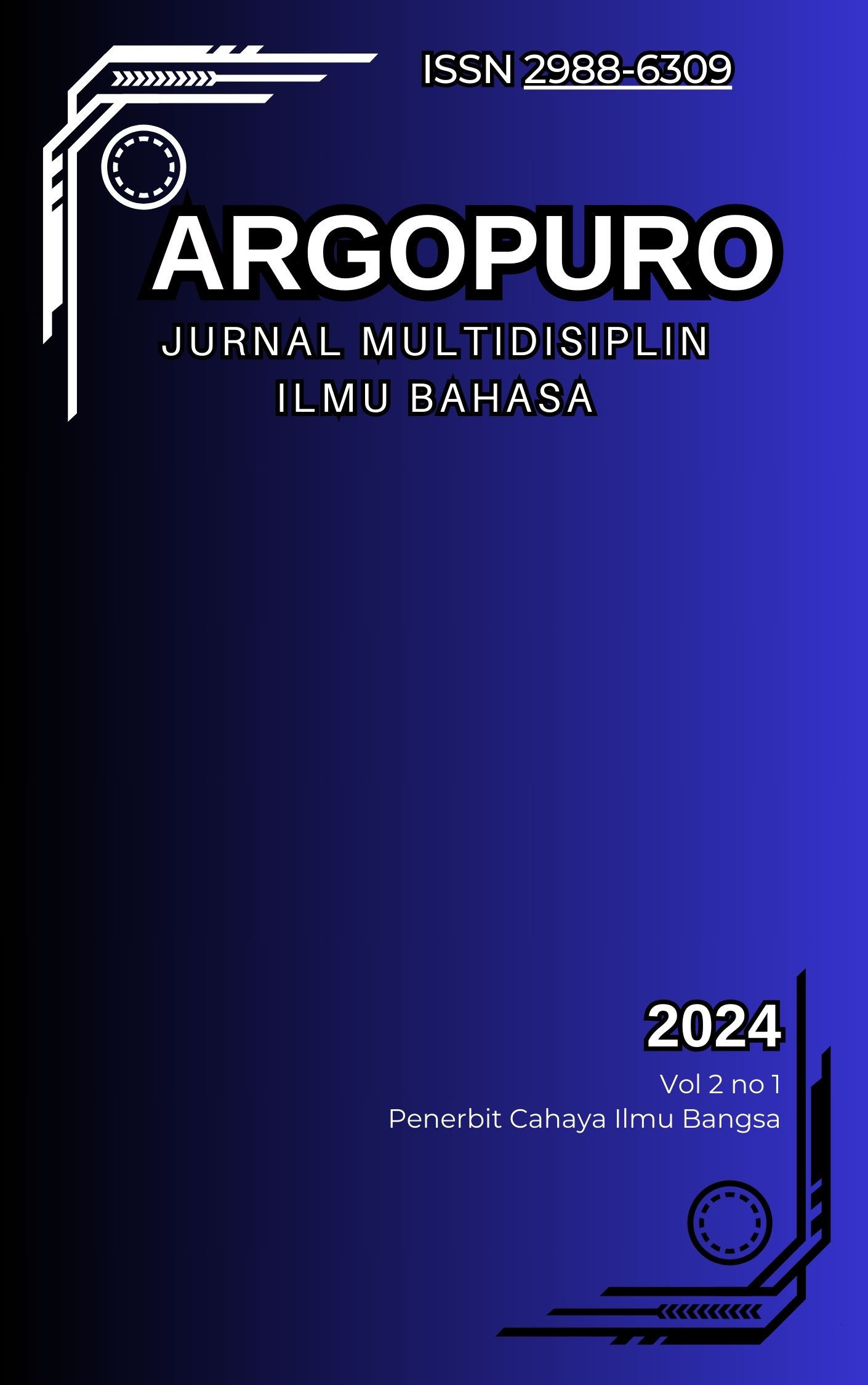IMPLIED MEANING AND SATIRE IN THE LYRICS OF SUKA TANI BAYAR BAYAR BAYAR:A PRAGMATIC ANALYSIS OF SATIRICAL STRATEGIES
Main Article Content
Abstract
This study explores the use of implied meaning and satirical elements in the lyrics of “Sukatani Bayar Bayar Bayar” through a pragmatic analysis approach. The song depicts a form of public protest against illegal levies in public services, especially in regions still experiencing bureaucratic inequality. Although the lyrics use simple and repetitive diction, their meaning contains sharp criticism and hidden satire, making them interesting for pragmatic analysis. The method used in this study is a descriptive qualitative approach, with a pragmatic analysis technique focusing on implicature, indirect speech acts, and irony within the lyric structure. Data were obtained by transcribing the lyrics and interpreting their meaning based on social context and language comprehension. The findings indicate that linguistic strategies such as repetition, hyperbole, and indirect speech are effectively used to convey social criticism in a satirical form. Moreover, the lyrics sharply reflect social conditions while remaining accessible to the general public. This study contributes to the development of linguistic studies, particularly in understanding the role of language as a medium of symbolic criticism in popular art. It also shows how pragmatic strategies can enhance the critical power of implicitly conveyed messages in song lyrics.
